Visit Fes Morocco
I found that visiting Fes, Morocco to be one of the most authentic and unique cities of the country filled with so much history, culture and beats to its own daily rhymes. The city is ancient and is still a good part of the local culture and day to day life but also squeezes in tourists to visit the fascinating medina, library, schools, tanneries and attractions that are part of the everyday scene here.
I think that Fes should be a must visit site here in Morocco and worth the effort to really see the UNESCO World Heritage Site in its daily rituals, worshipping, markets and hand-crafted design and art to sell both locally and to a tourist crowd.
It’s a city that’s filled with discovery and so many cool and unique things to do and see around every corner and really takes you buy surprise. I’ll share all my favorite finds and attractions for those planning a visit to beautiful Fes. When you visit this ancient city, the old town fill your senses quickly with unusual smells, crowded alleyways and raw marketplaces, stalls up everywhere and selling everything and not sanitized – it’s totally lived in, authentic and real and that’s what I love in visiting ancient cities to see how they are lived in in today’s world.
Check out why I love visiting Fes and what to see and do when you visit this city below.
Fes Morocco; A visit to the most historic and cultural city, public markets and souks, delicious local foods and unique architecture
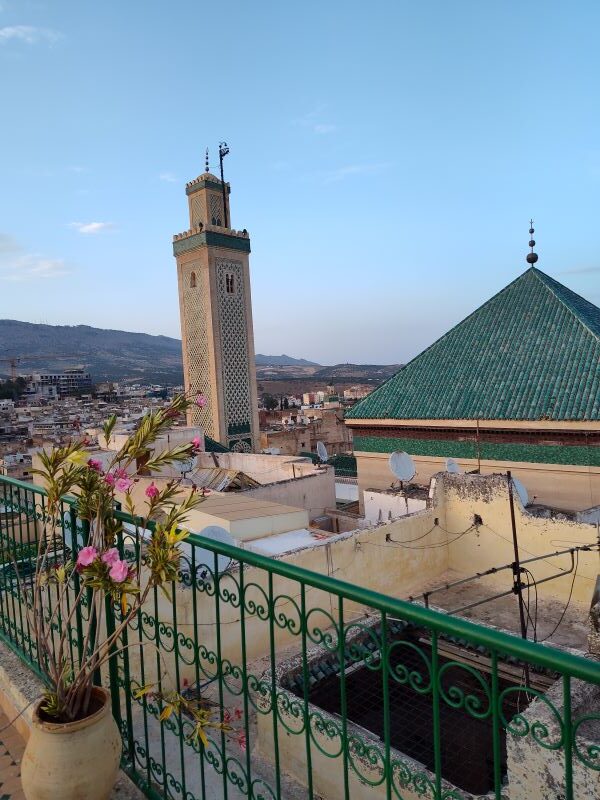
Why visit Fes, Morocco
Fes is one of those cities where you feel like you’ve stepped into another time. It’s a place full of layers—history, craft, tradition, and daily life all happening at once in a maze-like old city that hasn’t really changed in centuries. The medina, Fes el-Bali, is said to be the largest car-free urban area in the world, and walking through it is like exploring a living museum—donkeys still do deliveries, artisans work in open shops, and centuries-old mosques and madrasas are part of the scenery.
One of the main reasons people visit Fes is for the deep sense of authenticity. It doesn’t feel staged or overly catered to tourists. You can watch leather being dyed in the Chouara Tannery with techniques that haven’t changed much since medieval times, visit intricately tiled buildings like the Al-Attarine Madrasa, or just wander the narrow alleys and observe the rhythm of local life.
Fes is also a center of traditional Moroccan culture. It’s known for its religious scholarship, with the University of al-Qarawiyyin—founded in 859 and considered by some to be the world’s oldest university still operating. The city is also famous for its food, from rich tagines and spicy merguez sausages to traditional sweets found in souks.
It’s not a polished experience, and that’s part of the draw. Fes can feel chaotic and overwhelming at first, but if you give it a bit of time, it opens up as a place that’s honest and rewarding to explore. You’re not just visiting Fes—you’re experiencing it with all your senses.
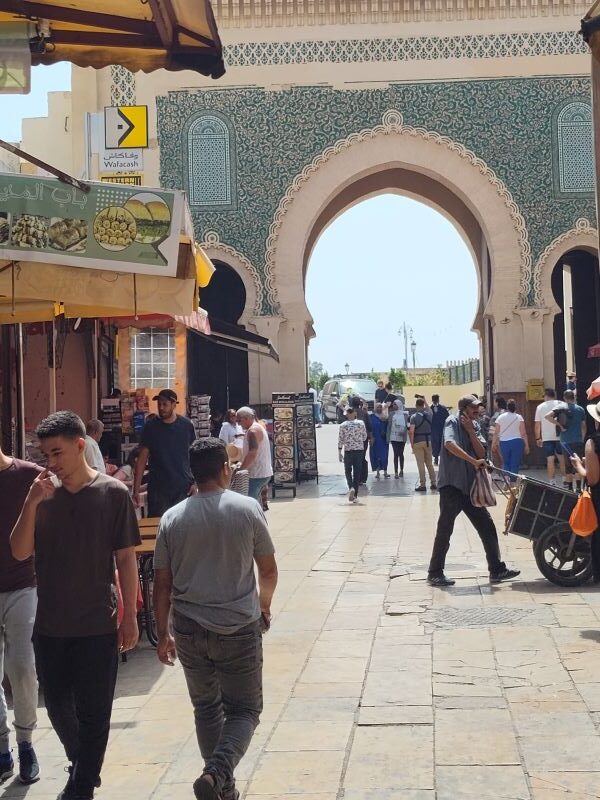
Where is Fes located
Fes is located in northern Morocco, in the inland part of the country. It’s about 530 kilometers (around 330 miles) northeast of Marrakesh and roughly 200 kilometers (125 miles) east of the capital, Rabat. The city sits between the Middle Atlas and Rif mountain ranges, which gives it a more temperate climate compared to some of Morocco’s drier or coastal regions.
It’s well connected by road, rail, and air—there’s an international airport just outside the city, and trains run regularly to and from other major cities like Casablanca, Rabat, and Marrakesh. Despite its historic feel, Fes is a major urban center and plays an important role in Morocco’s cultural and spiritual life.
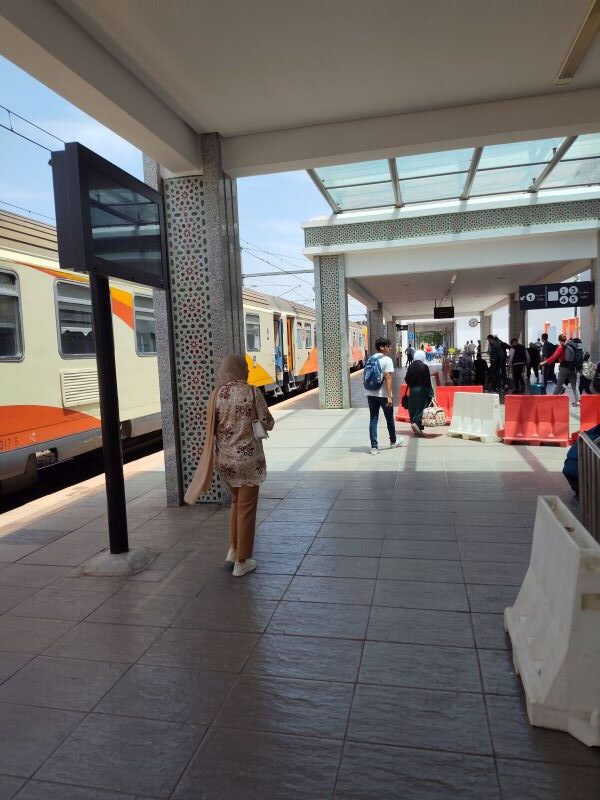
How to get there
1. By Air
- Fès–Saïs Airport (FEZ)
- Located about 15 km (9 miles) south of the city center.
- Serves both domestic and international flights, mainly from Europe and other parts of Morocco.
- Airlines: Ryanair, Royal Air Maroc, Transavia, Air Arabia, and others.
- Taxis and airport shuttles available for transfer into the city.
2. By Train
- ONCF (Moroccan National Railway)
- Regular trains connect Fes with major cities like:
- Casablanca (approx. 4–5 hours)
- Rabat (approx. 3.5 hours)
- Marrakesh (approx. 7–8 hours, with a change in Casablanca or another hub)
- Tangier (approx. 5 hours)
- Trains are generally reliable and comfortable with both 1st and 2nd class options.
- Fes train station is modern and located in the newer part of town.
- Regular trains connect Fes with major cities like:
3. By Bus
- CTM and Supratours
- These are the two main intercity bus companies in Morocco.
- Routes connect Fes to smaller towns and other cities not covered by train.
- Buses are affordable and have air conditioning; CTM is typically more reliable.
- Main bus stations are located near or in the new city area.
4. By Car
- Self-driving or car hire
- Roads to Fes are generally well-maintained, especially from major cities.
- Highways (toll roads) connect it with Casablanca, Rabat, and Tangier.
- Driving in the city itself—especially in the old medina—is not recommended due to narrow alleys and limited access.
5. By Organized Tour or Private Transfer
- Private driver or group tour packages
- Many visitors book multi-day tours that include stops in Fes.
- Common from Marrakesh, Casablanca, or Tangier, especially for travelers not wanting to navigate transport on their own.
- Offers flexibility and local guidance but can be pricier.

Top attractions and places to visit
I found all of these sites fascinating and fun to explore and visit in person. If you can’t find them easily on your own, it’s easy enough to sign up for a walking tour of the Old Town. It is relatively compact and easy to do on foot but a guided tour will definitely give you more historic and cultural perspective to what you are seeing at the site and guides typically know the inside tract of how to get around quickly and bypass a lot of lines.
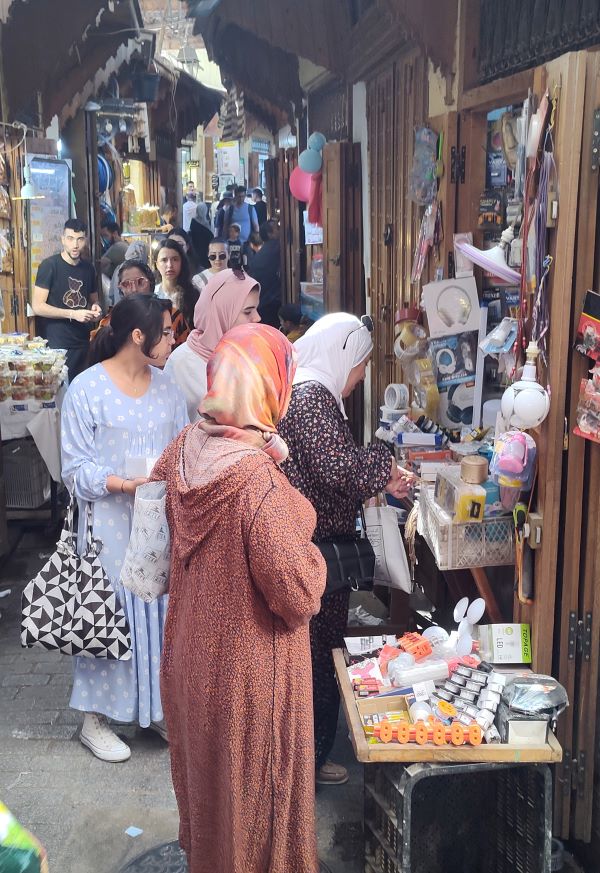
1. Fes el-Bali (Old Medina)
Visiting Fes el-Bali, the Old Medina, is like stepping back in time to a world full of narrow alleyways, bustling markets, and centuries-old traditions. The maze of streets is alive with the sounds of merchants calling out, the scent of spices and leather, and the sight of craftsmen at work. Every corner reveals something new—whether it’s colorful textiles, handmade pottery, or the intricate architecture of ancient mosques and madrasas. The Old Medina feels both chaotic and charming, offering an authentic glimpse into daily life that’s remained largely unchanged for generations. Exploring Fes el-Bali is a sensory experience that invites curiosity, patience, and a readiness to get lost in a place where history lives around every bend.
- UNESCO World Heritage Site and one of the best-preserved medieval cities in the world.
- A maze of narrow alleys, historic homes, souks, mosques, and madrasas.
- No cars allowed—expect donkeys, carts, and foot traffic.
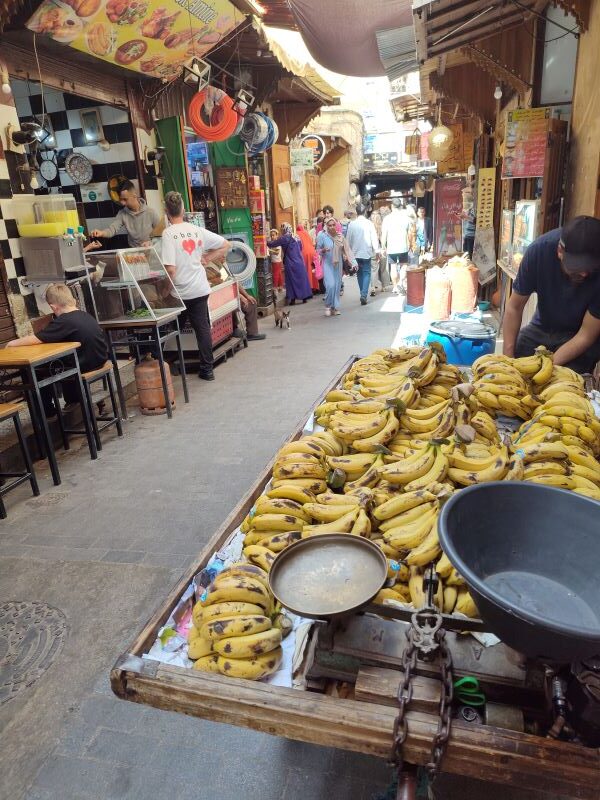
Shopping markets with fresh fruit
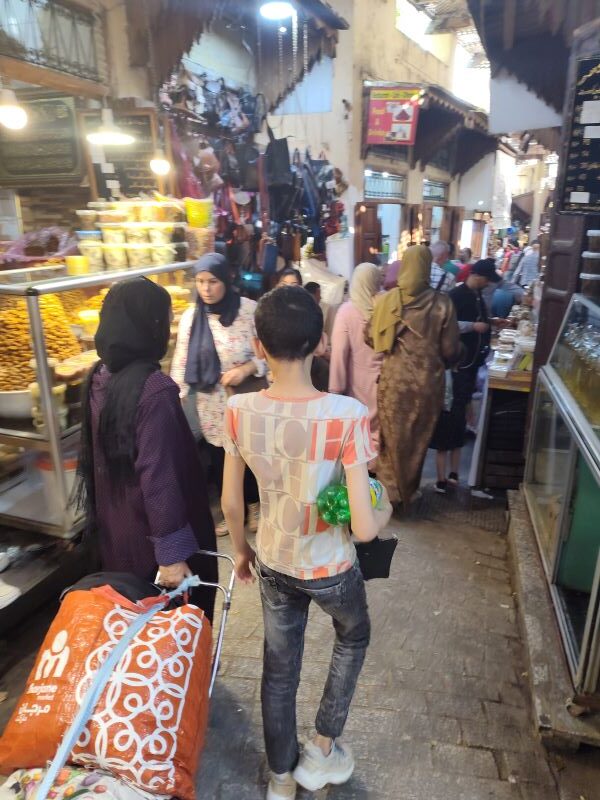
Experience the markets of the Medina
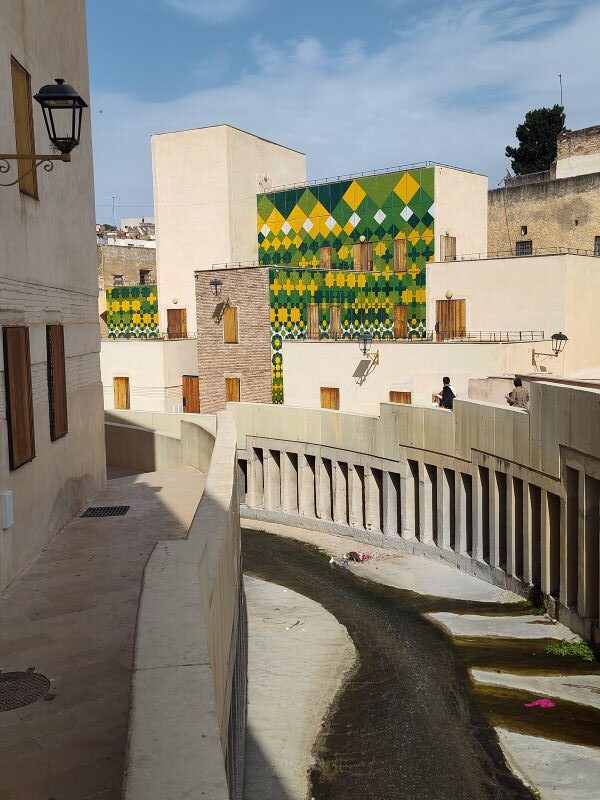
2. Al Quaraouiyine University and Mosque
Al Quaraouiyine University and Mosque in Fes is one of the oldest continuously operating centers of learning in the world, with a history dating back to the 9th century. It’s not just a religious site but also a symbol of intellectual and cultural achievement, known for its contributions to philosophy, science, and theology over the centuries. The mosque’s architecture is a stunning example of traditional Moroccan design, with intricately carved wood, beautiful tilework, and serene courtyards. Visiting Al Quaraouiyine offers a rare chance to connect with a deep academic heritage and appreciate the role this institution has played in shaping education in the Muslim world and beyond. It’s a quiet, reflective spot amid the energy of the city, inviting respect for both its spiritual and scholarly significance.
- Founded in 859, considered by many as the world’s oldest continuously operating university.
- Non-Muslims can’t enter the mosque, but parts of the university library are sometimes accessible.
- Stunning Islamic architecture and scholarly history.
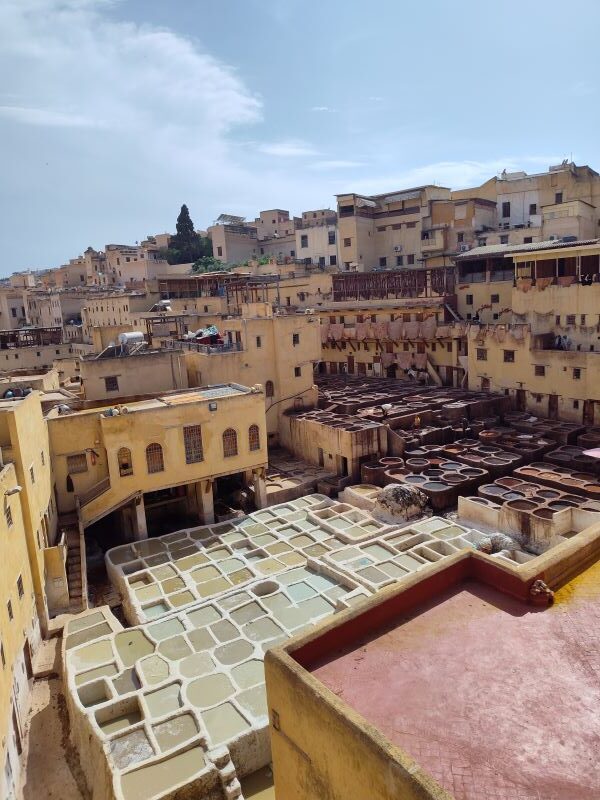
3. Chouara Tannery
The Chouara Tannery in Fes is a fascinating and truly smelly place where traditional leather-making techniques have been practiced for centuries. From above, you can see a patchwork of large stone vats filled with different colored dyes, where workers carefully treat and dye animal hides using natural materials like pigeon droppings and plant extracts. The strong, earthy smell is unmistakable, and while it can be intense, it’s part of the authentic experience. Visiting the tannery offers a behind-the-scenes look at a craft that’s both labor-intensive and deeply rooted in Fes’s history. It’s a unique glimpse into the city’s artisanal heritage, where age-old skills are still alive and thriving in the heart of the medina.
I was both intrigued by the leather process but turned off by the intense and offensive smells that were used with animal droppings and dye to color the leather pelts.
- Iconic open-air leather tannery dating back to the 11th century.
- Watch traditional leather-dyeing methods from rooftop viewpoints of nearby shops.
- Best visited with a guide or store owner to get access to viewing terraces.
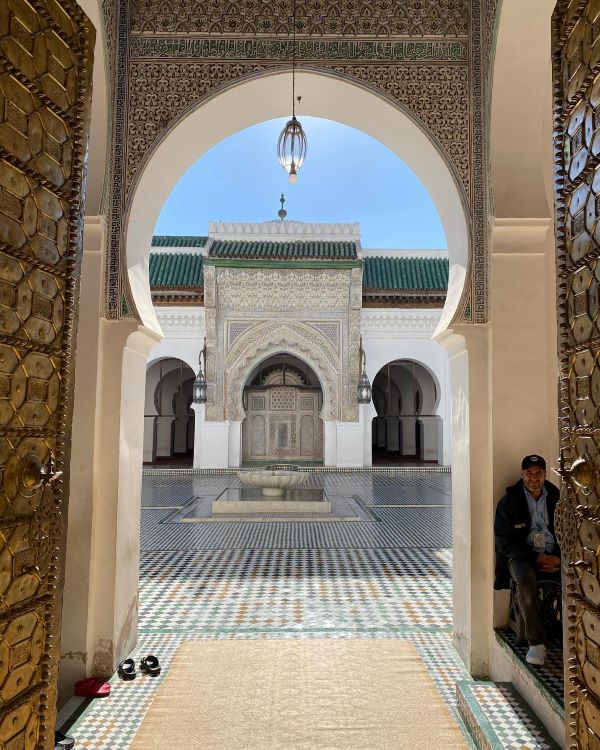
4. Bou Inania Madrasa
The Bou Inania Madrasa in Fes is a stunning example of Marinid architecture and craftsmanship, known for its detailed woodwork, intricate tile mosaics, and graceful arches. Built in the 14th century, it served both as a religious school and a place of worship, reflecting the importance of education in the city’s history. Walking through its peaceful courtyard, you’ll notice the balance between ornate decoration and calming simplicity, creating a space that feels both inspiring and serene. The madrasa stands out for its accessibility to visitors, offering a rare chance to explore a working religious institution that also showcases the artistic heritage of Fes in an intimate, inviting way.
- A beautiful 14th-century religious school open to non-Muslim visitors.
- Features intricate wood carvings, zellij tilework, and a peaceful courtyard.
- One of the few madrasas in Morocco with an attached functioning mosque.

5. Al-Attarine Madrasa
The Al-Attarine Madrasa in Fes is a beautifully preserved example of Islamic architecture, famous for its exquisite craftsmanship and attention to detail. Built in the 14th century, it features elaborate stucco work, finely carved cedar wood, and vibrant zellij tile mosaics that create a rich, decorative environment throughout the building. The madrasa’s compact courtyard is framed by elegant arches and a tranquil fountain, offering a quiet spot to appreciate the artistry and history. Despite its relatively small size, Al-Attarine leaves a big impression with its delicate ornamentation and harmonious design, making it a must-see for anyone interested in Morocco’s architectural and cultural heritage.
- Smaller than Bou Inania but equally detailed and well-preserved.
- Located near the spice and perfume markets, hence the name.
- A quiet spot to admire craftsmanship and Moroccan architectural detail.
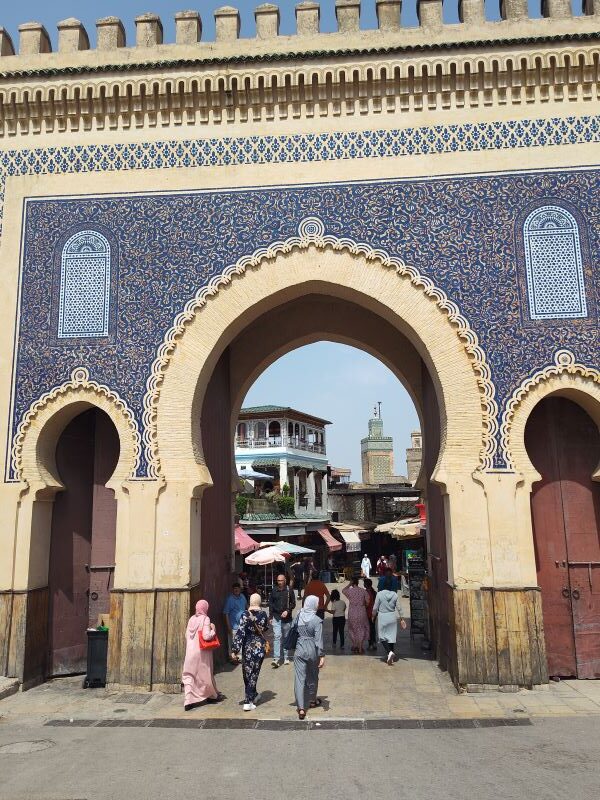
6. Bab Bou Jeloud (Blue Gate)
The main entrance to the Old town of Fes is busy and an important part of the old medina. It’s a great spot to take photos or just hang out in the cafes fronting the gate and enjoy the people watching and constant flow of energy and vibe going in and out.
- Main entrance to the old medina, known for its blue (outside) and green (inside) tilework.
- A good orientation point for exploring the medina.
- Surrounded by cafes, shops, and restaurants.
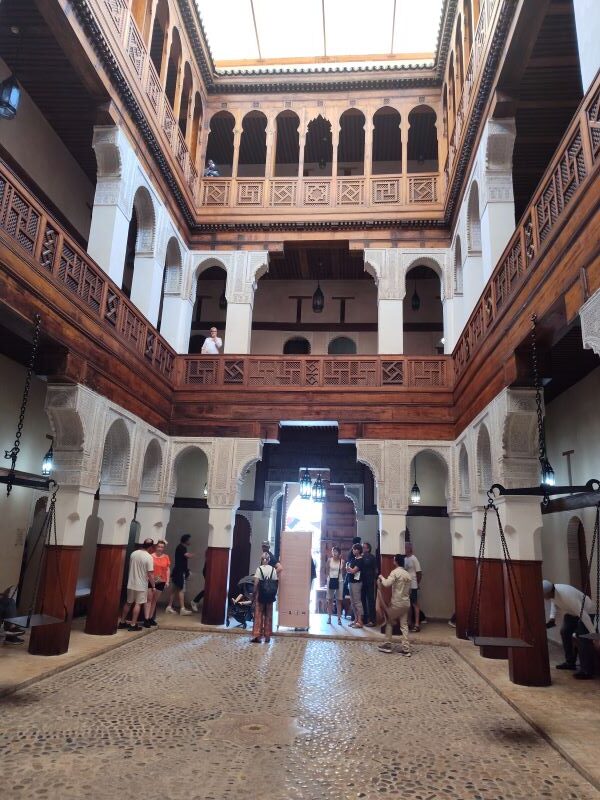
7. Dar Batha Museum
Dar Batha Museum in Fes is a remarkable fusion of history, art, and architecture. Housed in a 19th-century royal palace commissioned by Sultan Hassan I, the museum showcases over 6,000 artifacts that reflect Morocco’s rich cultural heritage. The collection includes intricately carved woodwork, vibrant zellige tile mosaics, delicate tadelakt plaster, and exquisite Fez blue ceramics, renowned for their cobalt hues. Visitors can also explore displays of traditional textiles, jewelry, musical instruments, and astrolabes. The museum’s serene Andalusian-style garden offers a tranquil escape, enhancing the experience. Recently reopened after extensive renovations, Dar Batha Museum continues to be a testament to Morocco’s artistic legacy and a must-visit destination for those seeking to immerse themselves in the country’s cultural tapestry.
I enjoyed going through all the different levels and seeing the beautiful architecture, details, crafts and historic collections that is detailed in English and other languages for visitors to enjoy and be educated about the culture, arts and crafts and design of the city.
- Housed in a former palace, showcasing traditional Moroccan arts and crafts.
- Includes pottery, woodwork, embroidery, and a lovely Andalusian-style garden.
- Offers context on Fes’ artisan heritage.
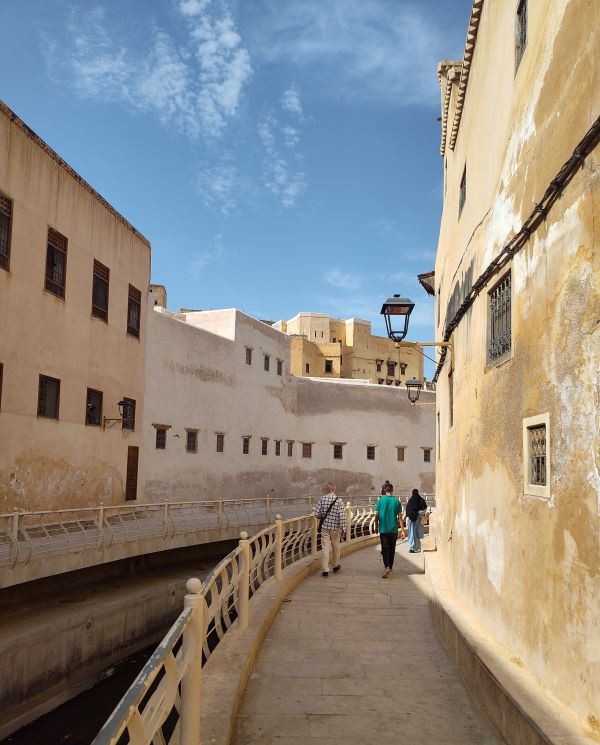
8. Mellah (Jewish Quarter)
The Mellah, or Jewish Quarter, in Fes offers a different perspective on the city’s layered history, reflecting the once-thriving Jewish community that lived here for centuries. Located near the royal palace, its layout is more orderly than the maze-like medina, with wider streets and distinct architectural features like wrought-iron balconies and plastered facades. Walking through the Mellah, you’ll find landmarks like the Ibn Danan Synagogue and the nearby Jewish cemetery, both reminders of a rich cultural and religious heritage. Though quieter today, the area still carries the echoes of daily life, community, and coexistence, making it a meaningful stop for anyone interested in the diverse narratives that shape Fes.
I loved exploring the more orderly and different styles that you would find in the Mellah and walking through the area and observing the features and landmarks in the district.
- Located in Fes el-Jdid (the “new” medina).
- Visit the Ibn Danan Synagogue and the nearby Jewish cemetery.
- Reflects the city’s multicultural past and once-thriving Jewish community.
9. Royal Palace of Fes (Dar el-Makhzen)
The Royal Palace of Fes, known as Dar el-Makhzen, is an impressive example of traditional Moroccan architecture and royal grandeur, even though it’s not open to the public. Its massive golden brass doors, framed by detailed mosaic tilework and carved cedar wood, are a popular photo spot and a striking introduction to the scale and artistry of the complex. The palace serves as one of the official residences of the Moroccan royal family and is surrounded by high walls, lush gardens, and several administrative buildings. Located near the Mellah, the palace adds a layer of prestige and historical depth to the area, offering a glimpse—at least from the outside—into the ceremonial and political significance of the monarchy in Fes.
- Not open to the public, but the massive golden gates are a popular photo stop.
- Located near the Mellah district.
- A fine example of traditional Moroccan design.
10. Tombs of the Merenid Dynasty
The Tombs of the Merenid Dynasty sit on a hill overlooking Fes, offering not just a historical site but also one of the best panoramic views of the city and its sprawling medina. Though the tombs themselves are in a ruined state, with weathered stone structures and little remaining decoration, they hold a quiet, reflective atmosphere that contrasts with the busy streets below. Built in the 14th century, they were once the resting place of rulers from the Merenid dynasty, who played a key role in shaping Fes’s architectural and cultural identity. The site is peaceful and uncrowded, especially at sunset, making it a worthwhile stop for those who appreciate a blend of history, landscape, and solitude.
- Located on a hill overlooking the city.
- Offers panoramic views of the medina and surrounding hills, especially at sunset.
- The ruins themselves are modest, but the viewpoint is the draw.
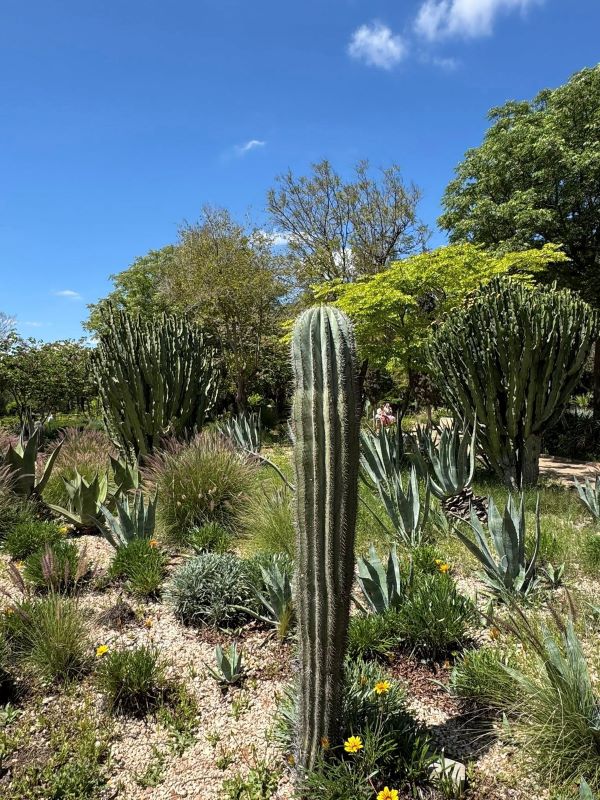
11. Jnan Sbil Gardens
The Jnan Sbil Gardens in Fes offer a peaceful escape from the city’s crowded streets, with well-kept paths, shady palm trees, and the gentle sound of fountains throughout. Originally laid out in the 18th century, the gardens have been beautifully restored and are now a favorite spot for both locals and visitors looking to relax or take a quiet stroll. You’ll find a mix of native and exotic plants, small ponds, and even a restored waterwheel, all arranged in a way that feels both natural and thoughtfully designed. It’s a calm, green space where you can take a break and enjoy a slower pace just steps away from the bustle of the medina.
- Peaceful public garden near the medina walls.
- Features fountains, tall palm trees, and walking paths.
- A good place to escape the bustle of the medina for a while.
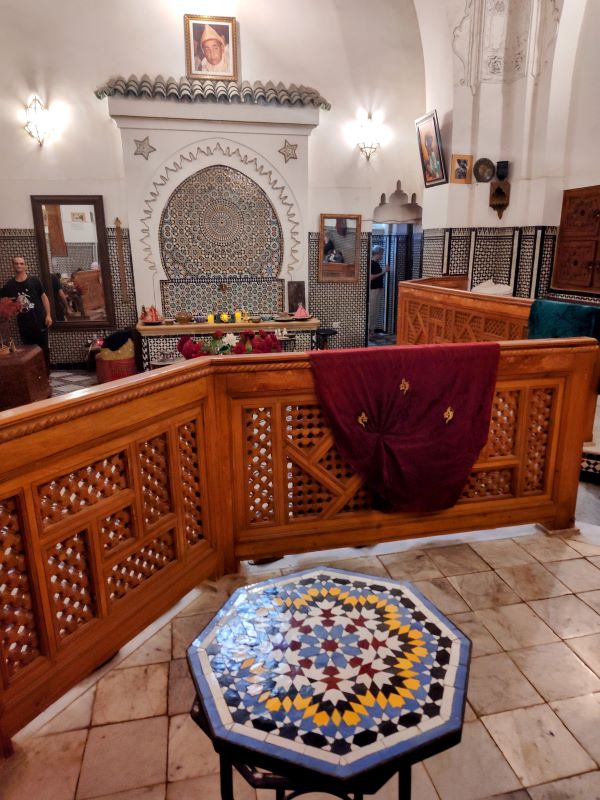
12. Try a Hammam Experience
One of the highlights to my visit was to experience a traditional Hammam and also a massage in one of the most authentic places in the Medina. The hammam experience is truly unique and when it is combined with a traditional massage, it makes the whole experience pleasant and different than what you would expect.
To get an idea about what the hammam experience is all about, check out this video clip of what a typical Moroccan Hammam experience entails below:
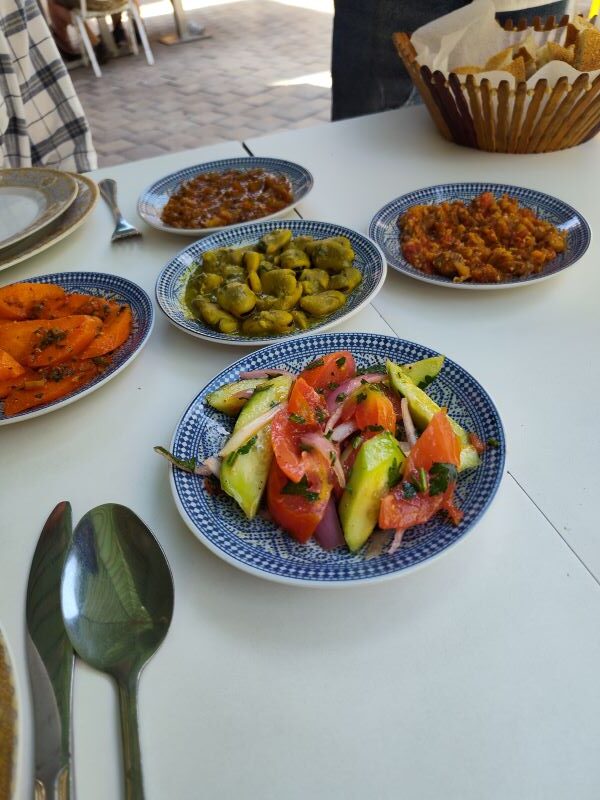
What local foods to try in Fes
Most of the traditional restaurants in Fes will typically have these local specialty dishes on their menu, so keep a look out for these foods that we describe below for you to know what’s available.
1. Bissara
- A hearty fava bean soup often eaten for breakfast.
- Topped with olive oil, cumin, and served with warm bread.
- Simple, cheap, and very traditional.
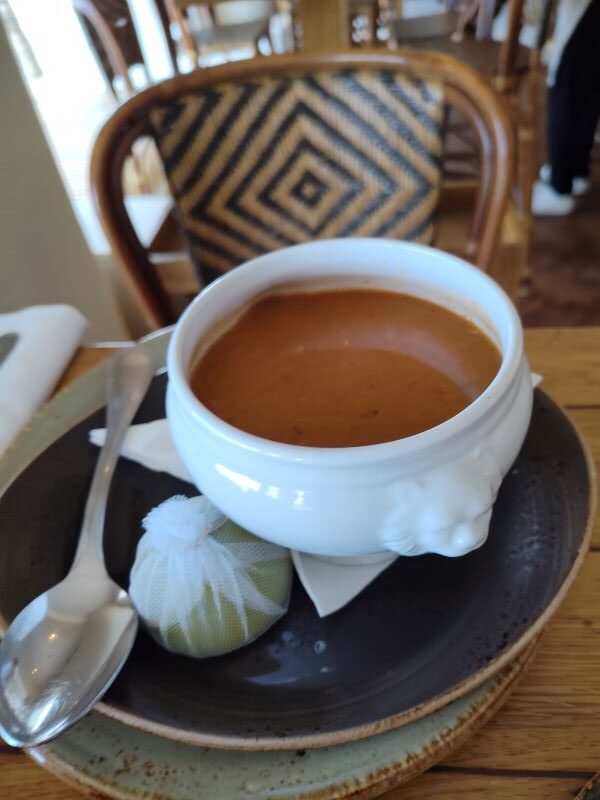
2. Harira
- A rich tomato-based soup with lentils, chickpeas, lamb, and spices.
- Popular during Ramadan but eaten year-round.
- Usually served with dates and sweet pastries.
3. Pastilla (B’stilla)
- A unique sweet-and-savory pie made with thin warqa pastry.
- Traditionally filled with pigeon or chicken, almonds, cinnamon, and sugar.
- A mix of flaky, crispy texture and rich flavor.
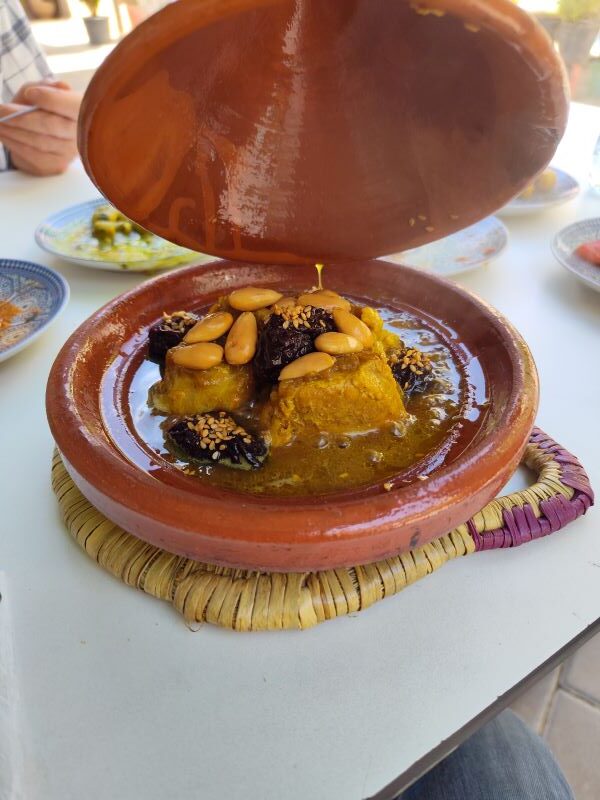
4. Tagine
- Slow-cooked stew made in a cone-shaped clay pot.
- Common varieties:
- Chicken with preserved lemon and olives
- Lamb with prunes and almonds
- Kefta (meatball) with eggs and tomato sauce
- Served hot with bread instead of utensils.
5. Couscous
- Steamed semolina grains served with meat and vegetables.
- Typically eaten on Fridays in Moroccan homes.
- Fassi-style may include caramelized onions, raisins, and chickpeas.
6. Makouda
- Deep-fried potato cakes or fritters.
- Often sold as street food, served plain or in sandwiches.
- Crispy outside, soft inside, and usually spiced with cumin or paprika.
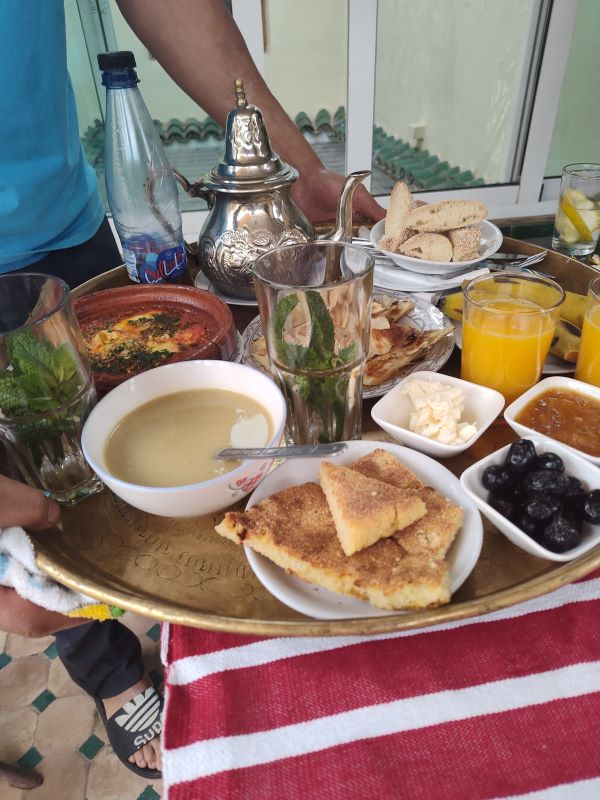
7. Msemen and Harsha
- Traditional Moroccan flatbreads.
- Msemen: layered and pan-fried, often eaten with honey or stuffed with onions and spices.
- Harsha: semolina-based, slightly sweet and crumbly.
- Common for breakfast or afternoon snack.
8. Fassi Olives and Preserved Lemons
- Local olives cured with spices and herbs.
- Preserved lemons are a key ingredient in many Fassi dishes.
- Often served as starters or condiments.
9. Fassi-style Sweets
- Includes Sellou (roasted flour, almonds, sesame), Chebakia (sesame-honey pastries), and Ghriba (shortbread-style cookies).
- Often served with mint tea.
- Sweet, nutty, and sometimes floral with orange blossom water.
10. Mint Tea (“Moroccan Whiskey”)
- Green tea brewed with fresh mint and lots of sugar.
- Served in small glasses, often poured with flair from a height.
- A symbol of hospitality, offered almost everywhere.
Check out the local street foods of Fez in this video tour below
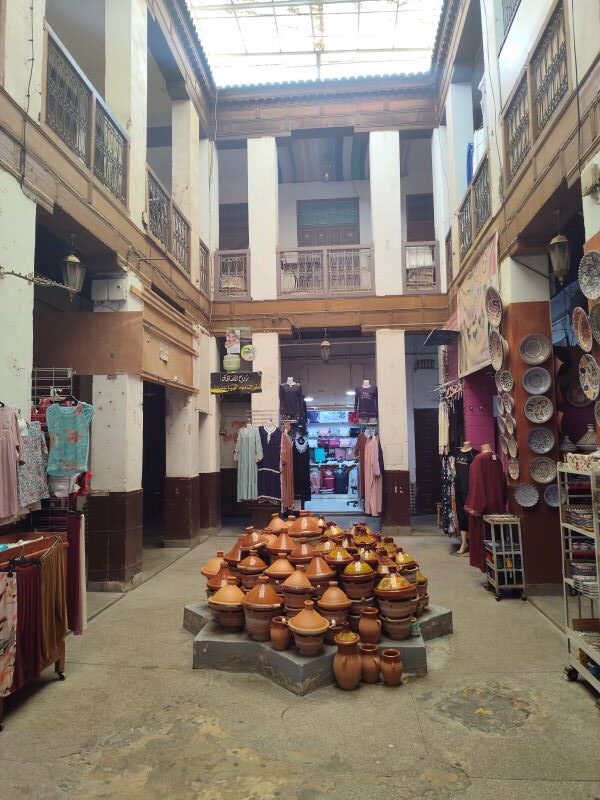
Take a guided tour of Fes
It is a little chaotic visiting Fes and navigating all the historical sites and learning on your own. I definitely would encourage you to sign up for a guided tour to really give you an Indepth look to visiting all these important sites. Having a guide to navigate all the crazy narrow streets and educating you to what the historic sites mean and how they are being utilized now is the best way to understanding and learning from a local perspective.
Here’s some of the recommended tours to take around Fes:
Fes: Royal Palace, Madrasa, Tannery & old Market Medina Tour
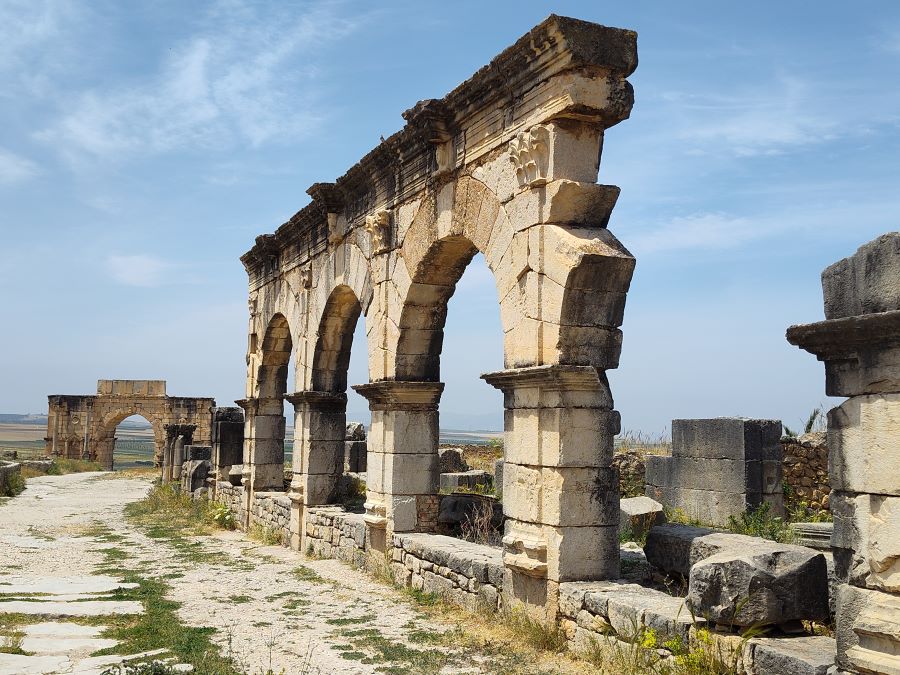
Further reading: Visiting Morocco
Check out these other posts if you are planning on touring around the country
A visit to Tangier Kasbah Museum
A visit to Rabat, things to do
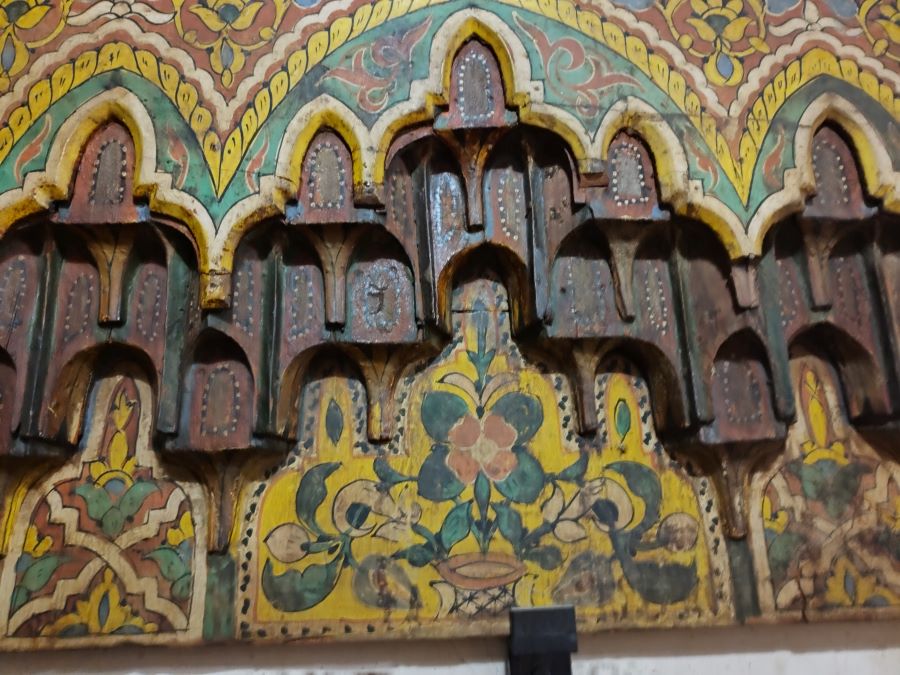
Conclusion to visiting Fes, Morocco
Fes offers a unique blend of history, culture, and vibrant everyday life that makes it a must-visit destination for any traveler interested in exploring Morocco beyond the usual spots. From its winding medina streets and artisan workshops to its rich culinary traditions, the city invites you to slow down and experience a world that feels both timeless and alive. Whether you’re wandering through ancient souks, visiting historical landmarks, or simply soaking in the local atmosphere over a cup of mint tea, Fes leaves a lasting impression. If you’re looking to discover a place where history and culture come together in an authentic way, make sure to put Fes on your travel list—you won’t regret stepping into this remarkable city.

About author – Noel Morata
After relocating from the United States to Andalusia in 2024, I’ve made it my mission to discover every corner of Spain along with many Mediterranean locations, cities and attractions. Based just east of Granada, I’ve spent a lot of time visiting Morocco including multiple extended visits to Marrakesh, Tangier, Chefchaoen and different parts of the country throughout different seasons. My background in history cultural studies and years of residence and exploring all of the Mediterranean countries have given me unique insight into the region’s historical significance, local customs, and culinary traditions.
I regularly update my guides with the latest information gathered through personal visits and relationships with local tourism officials, always seeking what’s new and exciting in each destination. As a self-proclaimed foodie, I’m passionate about discovering authentic local markets and regional specialties.
If you love antiquities and Unesco World Heritage sites, you must visit Fes, it is historic, filled with culture and surprises around every corner.
Disclosure – some of the links above to various tours, transportation and hotels are affiliate links that benefits our site if you book here and we appreciate your support. The links are competitive, and you are not paying above what other affiliates provide.
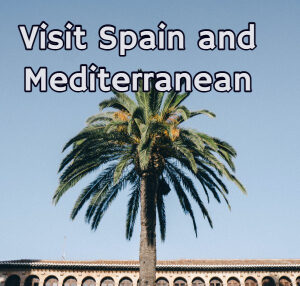
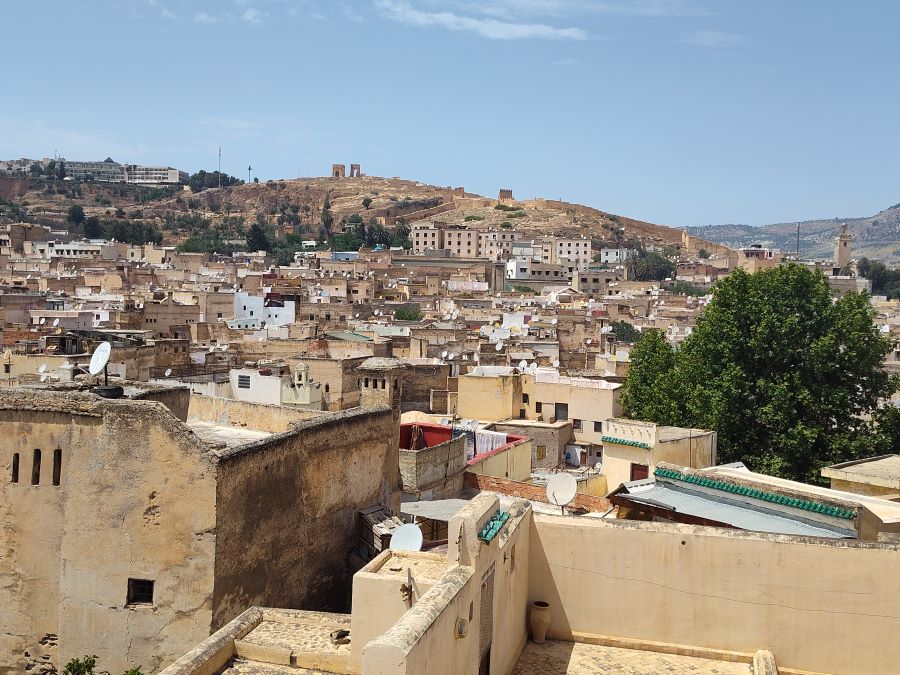
Great information , very informative and relevant for my upcoming trip . I appreciate your helpful insight . Thanks.